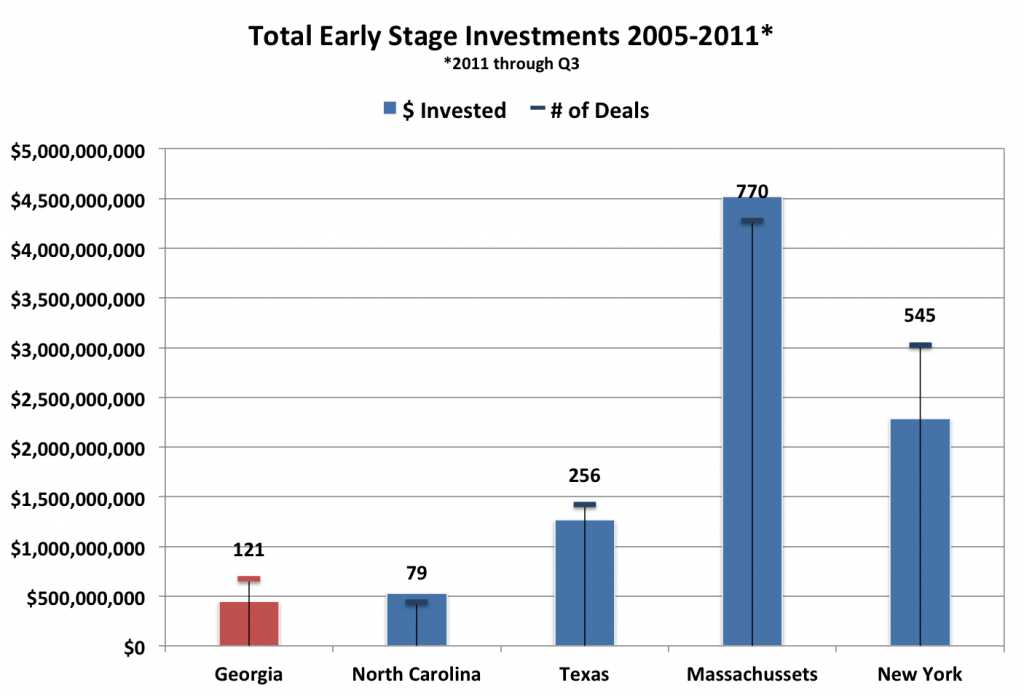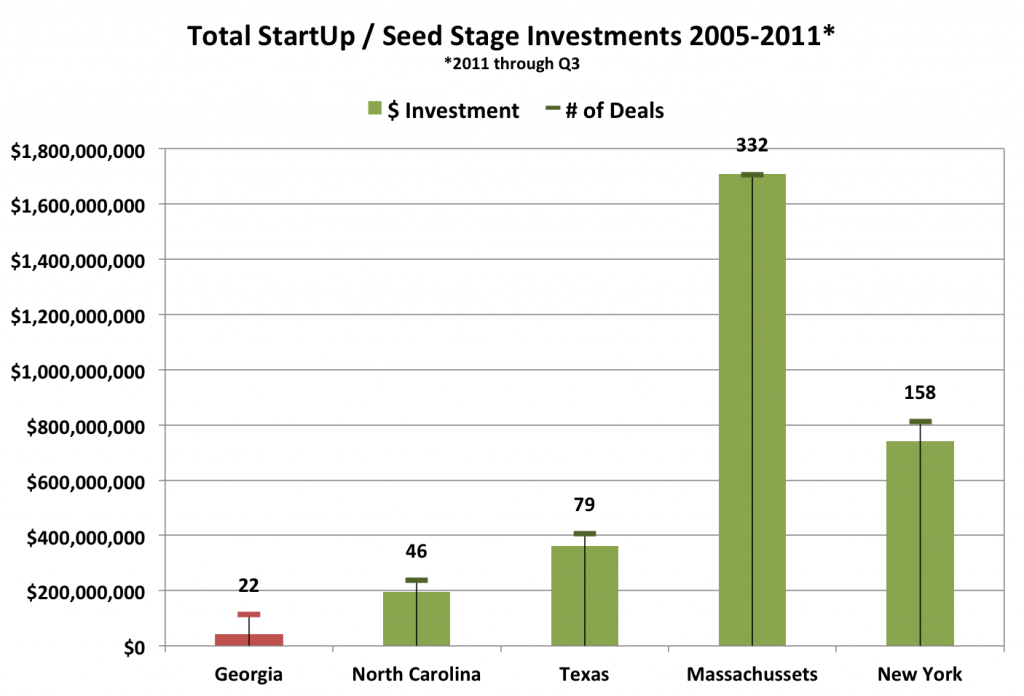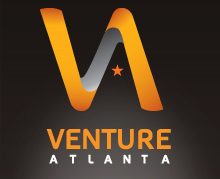 Each year TAG showcases Georgia’s Top 40 Innovative Technology Companies and gives the Top 10 the opportunity to showcase their company at the Georgia Technology Summit.
Each year TAG showcases Georgia’s Top 40 Innovative Technology Companies and gives the Top 10 the opportunity to showcase their company at the Georgia Technology Summit.
If you are an innovative technology company and you didn’t apply – you should next year. As an entrepreneur, I know all to well it often feels you spend more time ‘pitching’ your company than building it. So why should you apply for the Top 40? The main reason to participate is these events help the local startup community by highlighting the innovative technology companies in Georgia. This helps attract more investment and talent to the area. However, the event is also a great opportunity to create awareness and recognition for your company. Being selected is something your team can celebrate. If you are a candidate for the Top 10 you’ll be invited in to meet with the selection committee. Regardless of the outcome, you’ll get valuable feedback and contacts with people that can help you grow your business. If you are chosen, you’ll get to share your innovation with over 1000 people in the technology community.
This year I had the opportunity to sit on the ‘other side of the table’ as a member of the selection committee. In addition to getting to see so many really cool companies – I learned a lot in the process. Now that the selection is complete, I thought I’d share some of what I learned to help companies applying in the future – and many of the lessons apply to other similar competitions. Here are 5 tips I learned:
1. Submit Early
Believe it or not, every member of the selection committee reviews every bit of that information you submit. They also meet and discuss each and every applicant as a group. Applicants are initially sorted into ‘Yes’, ‘No’, or ‘Maybe’. By the end of the process, I noticed the group getting more selective as we compared applicants against the dozens of innovative companies we had already reviewed. It’s easier to make it to the short list if you submit your application early.
2. A Page Full of Buzzwords Won’t Work
I have no doubt that some of the most innovative companies that applied won’t make the list. Why? Because nobody understood what they did or why they were innovative! Several applications were long on marketing gobbledygook, but short on clear descriptions. Some of the committee discussions were dominated by trying to figure out what the company did – or worse – complete silence. Sometimes we even pulled up the company website to try to figure it out. Other times a member of the committee knew the company and was able to ‘fill in the blanks’ for the rest of us. If the selection committee doesn’t understand what you do then it doesn’t matter how innovative or successful you are – you won’t make the list.
3. Don’t Use Your Standard Pitch
With the almost obsessive focus the startup community has on pitch events, it’s no wonder most companies that are invited in to present to the selection committee come armed with their standard pitch deck. Don’t do that. This is an innovation contest – not a startup event. The most compelling companies used their 3 minutes to talk about the problem they are solving, their solution, and most importantly – what makes them innovative and why it’s hard to do. The winning presentations were given as if they already won. That means telling your story in a way that will resonate in a room with 1000 people – and having slides that can be read in the back of that room.
4. Size Matters Less Than Success
There’s a lot of ‘gee-whiz’ cool technology in Georgia. The selection committee is looking for the innovative companies that are – or are going to be – a big success. Highlight evidence of that success and future potential by talking about the market opportunity, customer wins, growth to date, or other signs of traction. The Top 40 included companies of all sizes from seed stage to Fortune 500.
5. Repeat Winners
Whether you’ve applied and been selected in the past – or not – doesn’t matter. However, if you’ve been a Top 40 company in the past, you need to highlight progress or new innovation to be selected again.
Next time your company applies for Georgia’s Top 40 Innovative Companies or other similar contests, keep these tips in mind. I really enjoyed being a member of the selection committee. We may not be Silicon Valley – but Georgia is an innovation hotbed and it was inspiring to see so many awesome companies and ideas. So who are the Top 40 innovators? Sorry – I can’t spill the beans. TAG will announce the winners at the Georgia Technology Summit on March 28th at the Cobb Galleria Center.



